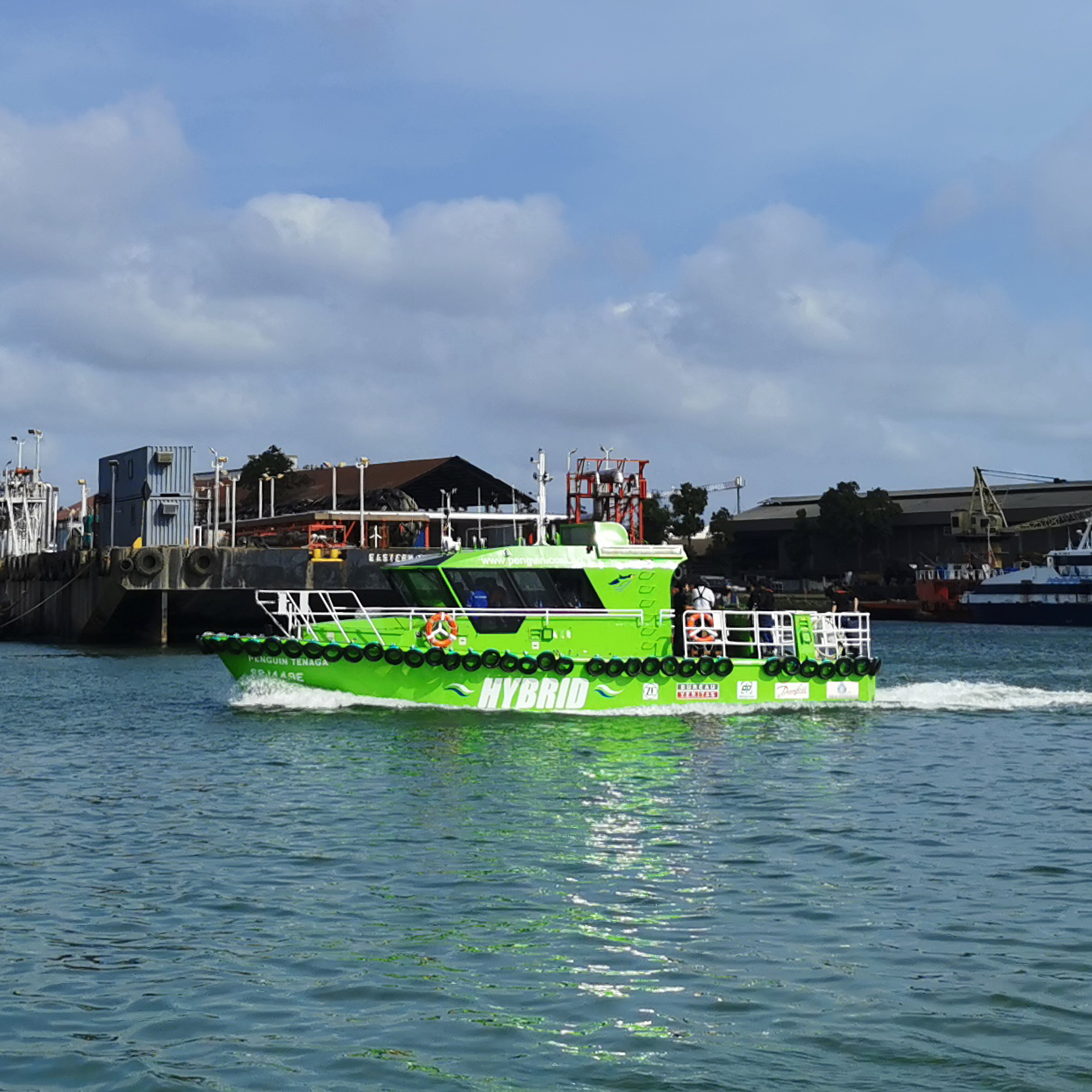Creating a Greener Maritime Industry with the Electrification of Marine Vessels
Published on 28 Oct 2021It is undeniable that climate change is real, manifesting itself in various ways from rising temperatures to extreme weather conditions and largely due to the greenhouse gas emissions caused by the burning of fossil fuels.
While we are well aware of the causes of climate change, the maritime industry, in particular, is on high alert. Shipping contributes to 2 to 3 percent of all carbon emissions due to high sulfur fuel oil (HSFO), which is burned when conventional propulsion systems are used. While many may believe this percentage is somewhat negligible, it is expected to grow to 17 percent by 2050, making it crucial that marine vessel owners adopt new ways of powering their vessels.
Among the various low-carbon alternatives, electric propulsion with battery systems is recognized as one of the most reliable options. It replaces the diesel engine by incorporating fuel cells to power the vessels, providing vessels with the ability to optimize battery efficiency and reduce onboard noise. Similar to electric cars, electric propulsion technology for marine vessels will contribute to the cutback of emissions from fossil fuels, and will undoubtedly play a big role in reducing the maritime industry’s carbon footprint.
Missing the Net Zero Emissions Target
Despite the push towards electrification and pledges made by industry stakeholders to reduce carbon emissions, the International Energy Agency (IEA) has reported that the maritime industry will fall short of achieving the net zero greenhouse gas emissions target by 2050—a target established by the International Maritime Organization (IMO).
Even though IEA attributes the shortfall to the lack of low-carbon options available in the market, many vessel owners are also resistant to the idea of adapting their vessels to incorporate electric systems.
This is largely due to the fact that fossil fuels have been the cheapest and most effective option for the longest time. What’s more, the lack of charging solutions in Singapore makes it tougher for electric vessel owners to charge their vessels, further justifying the resistance to the idea of switching propulsion systems.
Sea Forrest’s Electrification and Hybridization Business
In support of Singapore’s push towards the electrification of marine vessels, Sea Forrest makes it its utmost priority to provide sustainable solutions through its electrification and hybridization business.
Through research and development efforts, the company has developed a range of step-change solutions that will contribute to the reduction in carbon emissions of up to 20 percent. These products cater to owners still unsure about decarbonization as well as those who are pro-decarbonization and looking to take the first step towards zero free emission. Vessel owners can start with entry-level solutions and upgrade to a full electric propulsion system when they are more confident with the technology.
Additionally, Sea Forrest has designed and manufactured charging products to address the lack of charging solutions available. It has both shore-to-ship fast charge and ship to-ship charging solutions, thus enhancing the versatility of charging in different types of operations and demand.
As we move closer to 2050, Sea Forrest seeks to engage in efforts to develop more green solutions to support the push to electrify marine vessels and slow down the growth of carbon emissions by the maritime industry.
